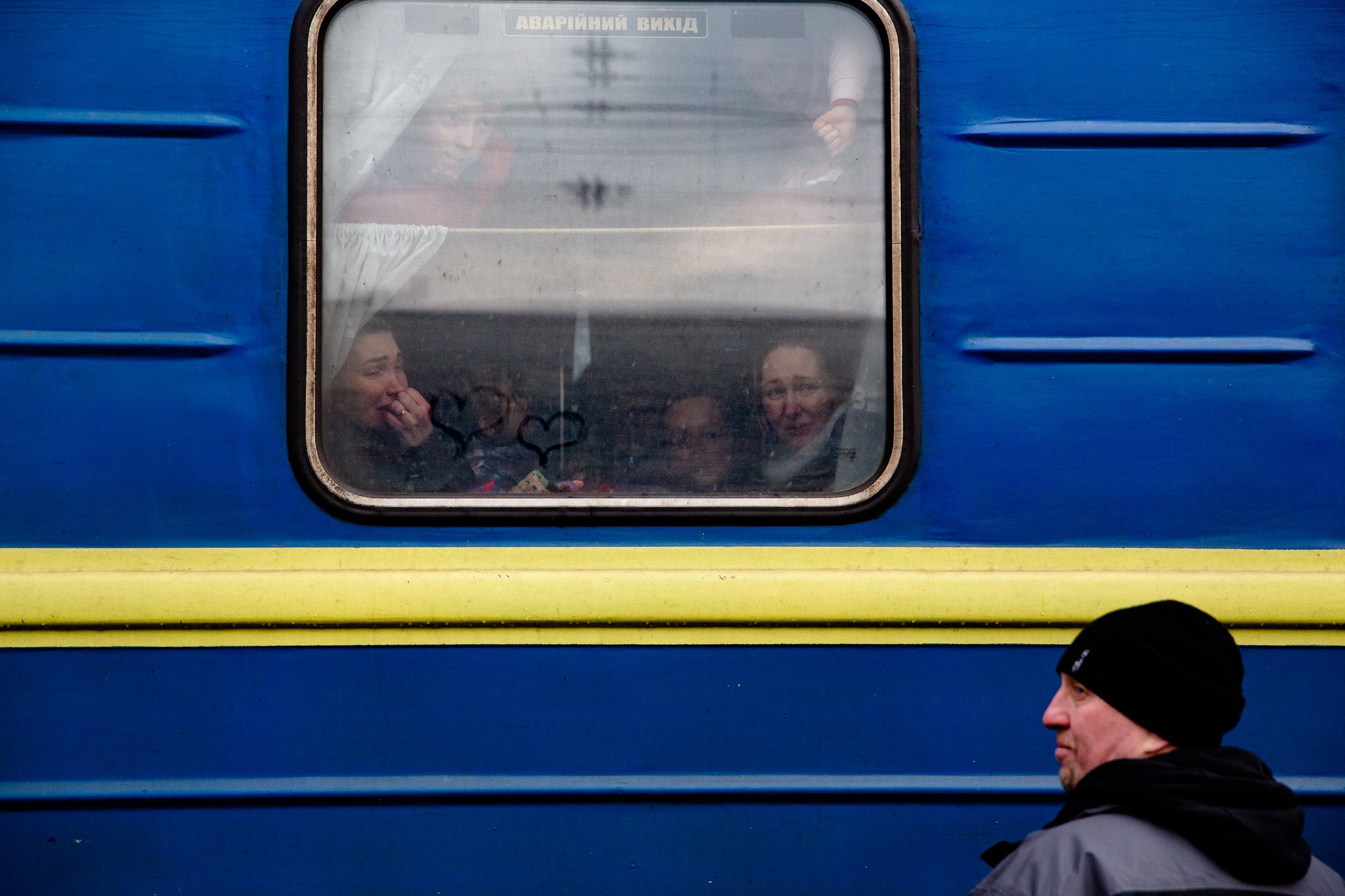The plight of refugees
Although we are struggling to comprehend the vision streamed from Ukrainian towns and border areas with invading Russian military forces, the plight of refugees is not a new one.
The UNHCR estimated that by 2021, 82.4 million people worldwide were forcibly displaced due to persecution, conflict, violence, human rights violations or events seriously disturbing public order.
One of the most vulnerable groups fleeing Ukraine is unaccompanied children.
Children without a primary caregiver are at a heightened risk of violence, abuse and exploitation. When these children are moved across borders, the risks are multiplied. The risk of trafficking also soars in emergencies.
We know that displaced persons are vulnerable to human trafficking. Human trafficking can happen to anyone but some people are more vulnerable than others. Significant risk factors include displacement (such as is happening in Ukraine), recent migration or relocation, substance use, mental health concerns, involvement with the child welfare system and being a runaway or homeless youth. Often, traffickers identify and leverage their victims’ vulnerabilities in order to create dependency.
Pictured: Families farewell each other as hundreds of refugees, mostly women and children, board trains going west from Zaporizhzhya in eastern Ukraine to escape the Russian advance on Saturday 5 March 2022. Fighting-aged men from 18 to 60 are not allowed to leave the country. Photo: Courtesy Photo-journalist, Jerome Starkey
For every 10 victims detected globally, five are adult women and two are girls. Refugees and migrants account for a significant share of the detected victims in most regions. Traffickers prey upon the marginalised and impoverished. Cases examined by United Nations Office on Drugs and Crime (UNODC) found that at least half involved victims who were targeted because of economic need.




Ukraine's foreign ministry says Russia is shelling the civilian evacuation route out of the besieged city of Mariupol, in violation of a ceasefire agreement.
“An obvious yet important reminder: humanitarian organizations continue to help those in need everywhere...As we rightly focus on the suffering of the people of Ukraine, and of the Ukrainian refugees, we don’t forget that war and violence also affect millions elsewhere, every day.”
In March 2022, the Australian Government announced a $70 million package as part of its Ukrainian response. Australia is supporting Ukraine, together with the international community, by imposing coordinated sanctions and measures to inflict a cost to those who bear responsibility, and providing humanitarian assistance to support those in greatest need.
The Action Research Centre conducts research projects which provide evidence about the refugee and asylum seeker experience. This research also identifies issues faced by people in CALD communities.
With the number of people fleeing Ukraine since the Russian invasion began, reaching 2.2-2.5 million people, the plight of refugees continues to require a global response.


